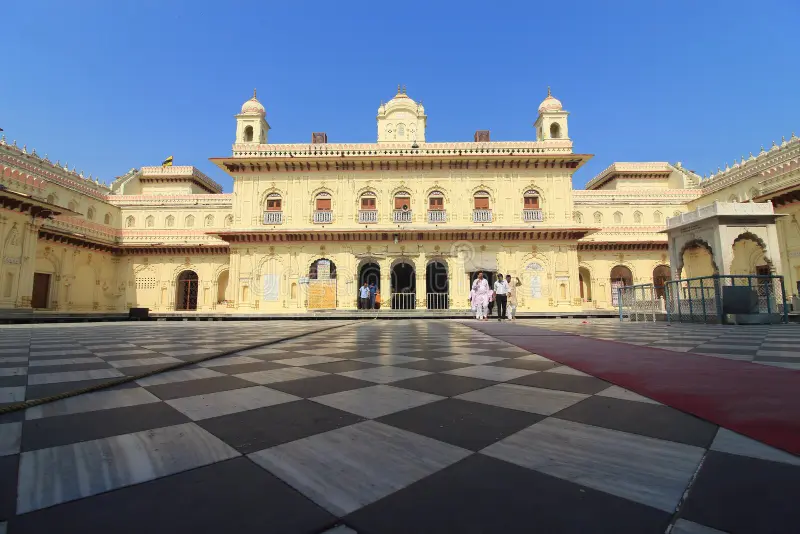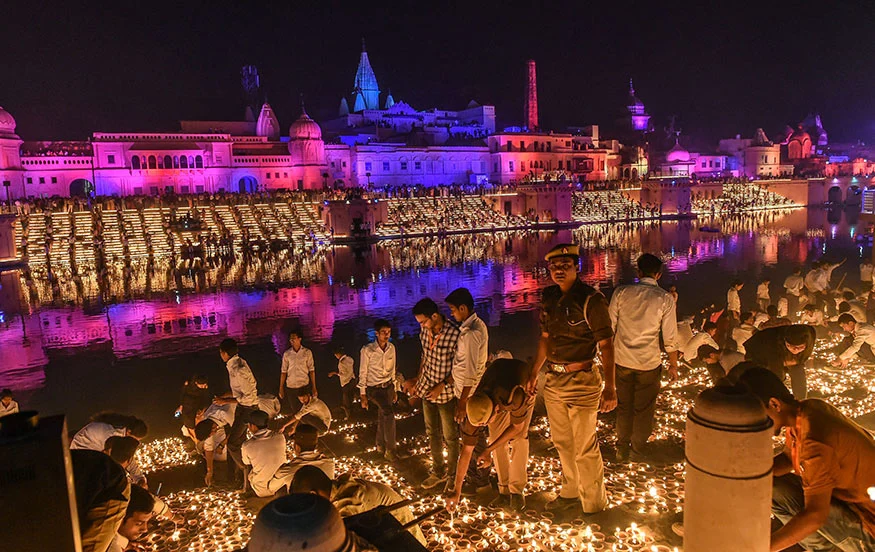Table of Contents
- Introduction to Ayodhya’s Royal Palaces
- The Main Palaces of Ayodhya
- Ram Janmabhoomi Palace
- Kanak Bhawan
- Nageshwarnath Temple
- Architectural Marvels and Artistic Significance
- Cultural and Historical Significance
- Modern-Day Relevance and Conservation Efforts
- Visiting Ayodhya’s Royal Palaces: Tips and Guidelines
- Frequently Asked Questions (FAQ)
1. Introduction to Ayodhya’s Royal Palaces
Ayodhya, a city steeped in ancient history and religious significance, is home to several royal palaces that exhibit regal splendor. These palaces are not just architectural marvels but also hold immense cultural and historical significance. They offer a window into the grandeur of ancient Indian royalty and are a testament to Ayodhya’s glorious past.
- Key Points
- Ayodhya’s palaces are historical and cultural treasures.
- These structures showcase ancient Indian architectural brilliance.
2. The Main Palaces of Ayodhya
Ram Janmabhoomi Palace
The Ram Janmabhoomi Palace is believed to be the birthplace of Lord Ram, a key figure in Hindu mythology. This palace is a major pilgrimage site and is revered by millions of Hindus worldwide.
Kanak Bhawan
Kanak Bhawan, known for its exquisite architecture, is believed to have been gifted to Goddess Sita by Queen Kaikeyi. It is celebrated for its artistic sculptures and intricate designs.
Nageshwarnath Temple
Though primarily a temple, Nageshwarnath, built by Kush, son of Lord Ram, resembles a palace in its architectural style. It stands as a symbol of the enduring legacy of Ayodhya’s royal lineage.
- Key Points
- Ram Janmabhoomi Palace is a major pilgrimage site.
- Kanak Bhawan showcases exquisite architecture.
- Nageshwarnath Temple represents the royal lineage of Ayodhya.
3. Architectural Marvels and Artistic Significance
The palaces of Ayodhya are known for their unique architectural styles, which blend various elements from different eras. The intricate carvings, detailed sculptures, and grandiose structures reflect the artistic skills of ancient Indian craftsmen.
- Key Points
- The palaces exhibit a blend of architectural styles.
- Intricate carvings and sculptures adorn the walls.
4. Cultural and Historical Significance
These palaces are not only architectural landmarks but also cultural and historical beacons. They have witnessed the evolution of Ayodhya and have stories embedded in their walls, resonating with the spiritual and historical ethos of the city.
- Key Points
- The palaces are cultural and historical landmarks.
- They are integral to Ayodhya’s spiritual and historical narrative.
5. Modern-Day Relevance and Conservation Efforts
In the modern context, these palaces attract tourists and pilgrims, contributing to Ayodhya’s economy. Conservation efforts are underway to preserve these historical structures for future generations.
- Key Points
- The palaces boost Ayodhya’s tourism.
- Conservation efforts are crucial for their preservation.
6. Visiting Ayodhya’s Royal Palaces: Tips and Guidelines
Visitors should be aware of cultural sensitivities and respect the religious significance of these sites. It’s advisable to plan the visit during non-peak hours for a more immersive experience.
- Key Points
- Respect cultural and religious sensitivities.
- Visiting during non-peak hours is recommended.
7. Frequently Asked Questions (FAQ)
- What is the best time to visit Ayodhya’s palaces?
- The ideal time is from October to March, when the weather is pleasant.
- Are there any entry fees for these palaces?
- Most palaces do not charge an entry fee, but it’s best to check in advance.
- Is photography allowed inside the palaces?
- Photography rules vary; it’s advisable to check at each site.
4. Can I avail of guided tours at these palaces?
- Yes, guided tours are available and recommended for a comprehensive understanding.
- Are there any dress codes for visiting these palaces?
- Modest dress is advisable, respecting the cultural and religious context.
- How can I reach Ayodhya’s royal palaces?
- Ayodhya is well-connected by road and rail. Local transport is available to reach the palaces.
- Are there facilities for international tourists?
- Yes, Ayodhya offers facilities like currency exchange, multi-cuisine restaurants, and hotels catering to international visitors.
- Is it necessary to know Hindi to visit these places?
- While Hindi is widely spoken, guides and signboards in English are available for convenience.
These royal palaces of Ayodhya offer a unique blend of spiritual, historical, and cultural experiences. Their architectural grandeur, coupled with the stories they hold, makes them a must-visit for anyone interested in exploring India’s rich heritage. For more information and booking links, please visit our website.


